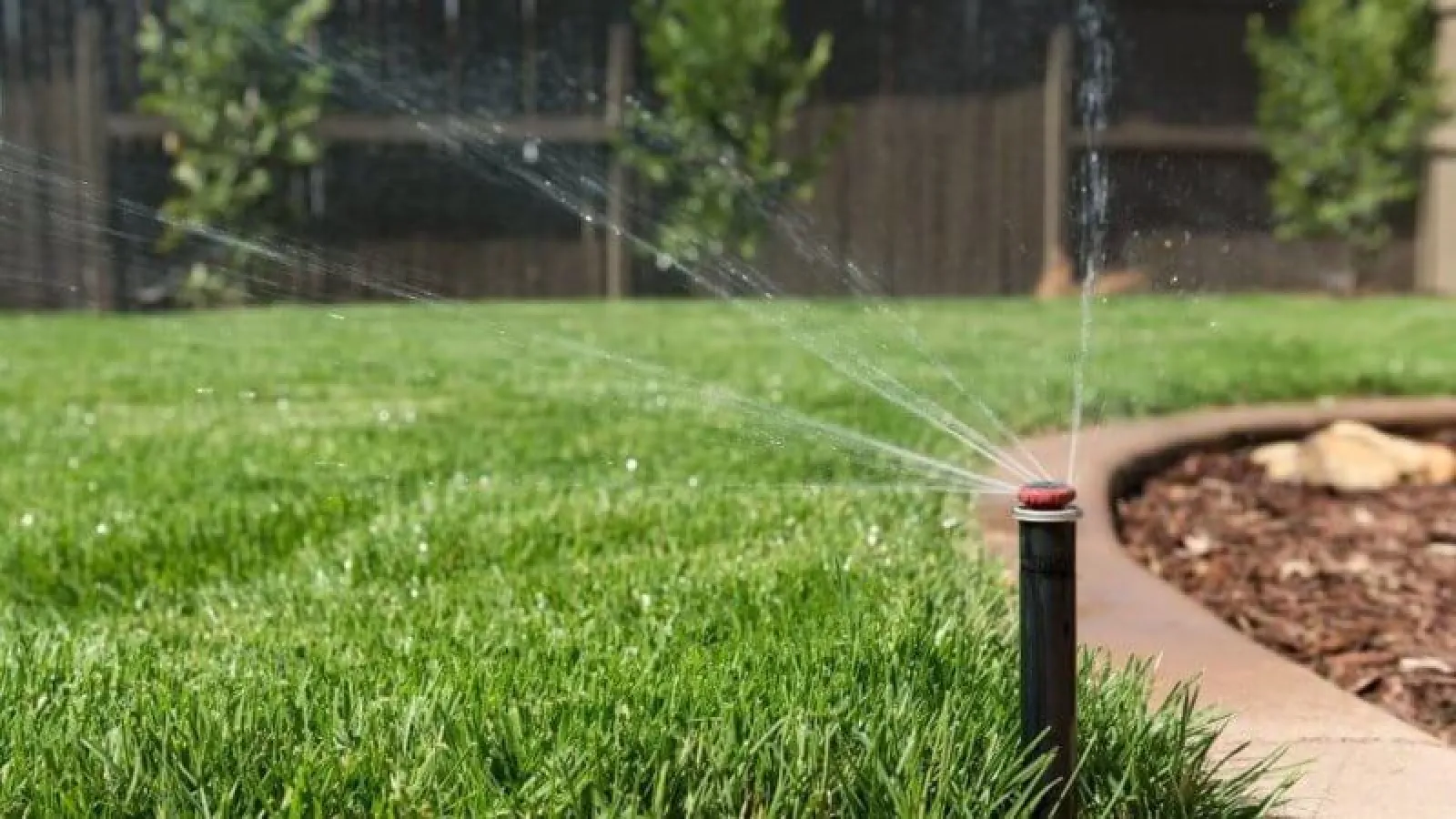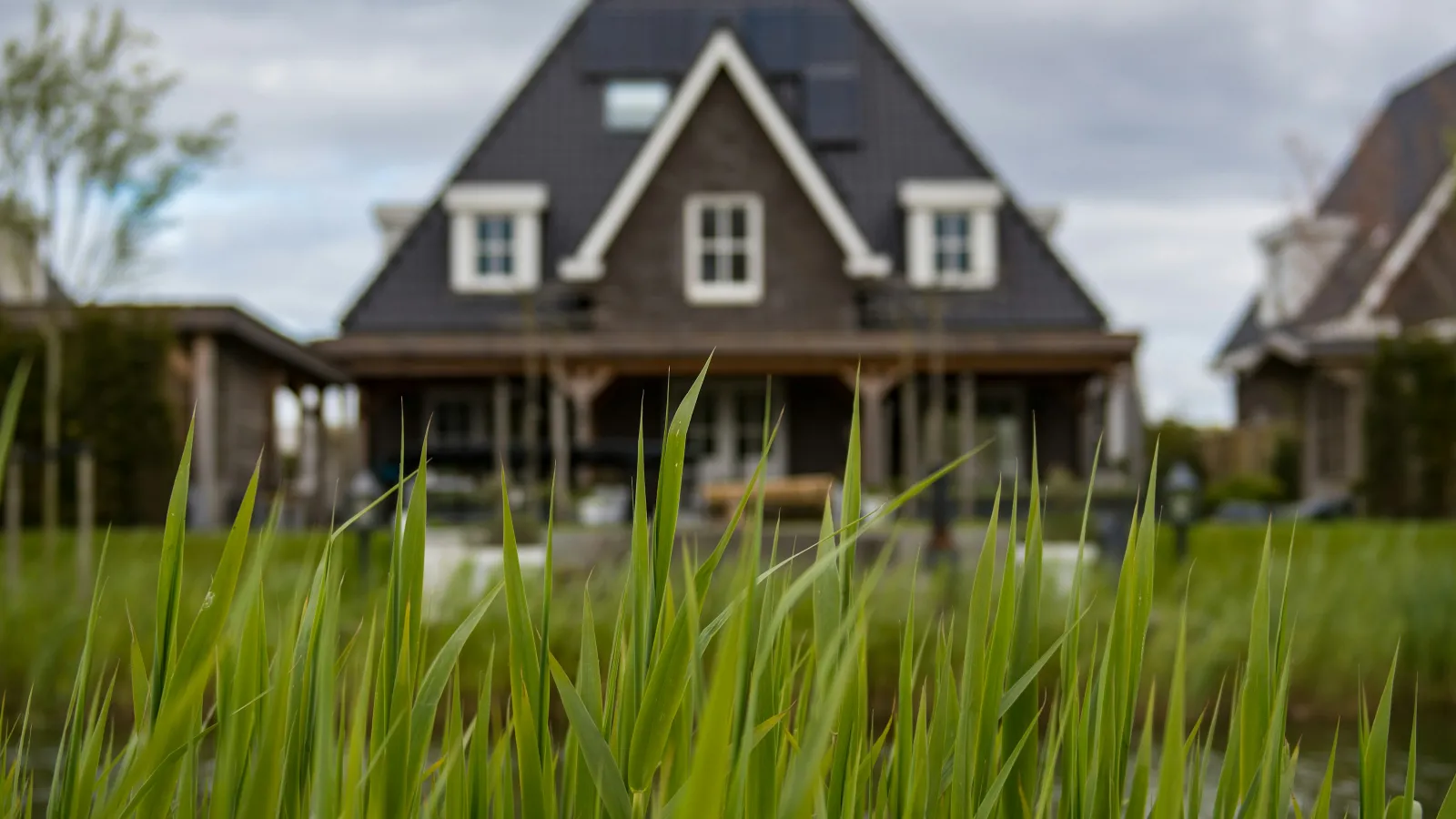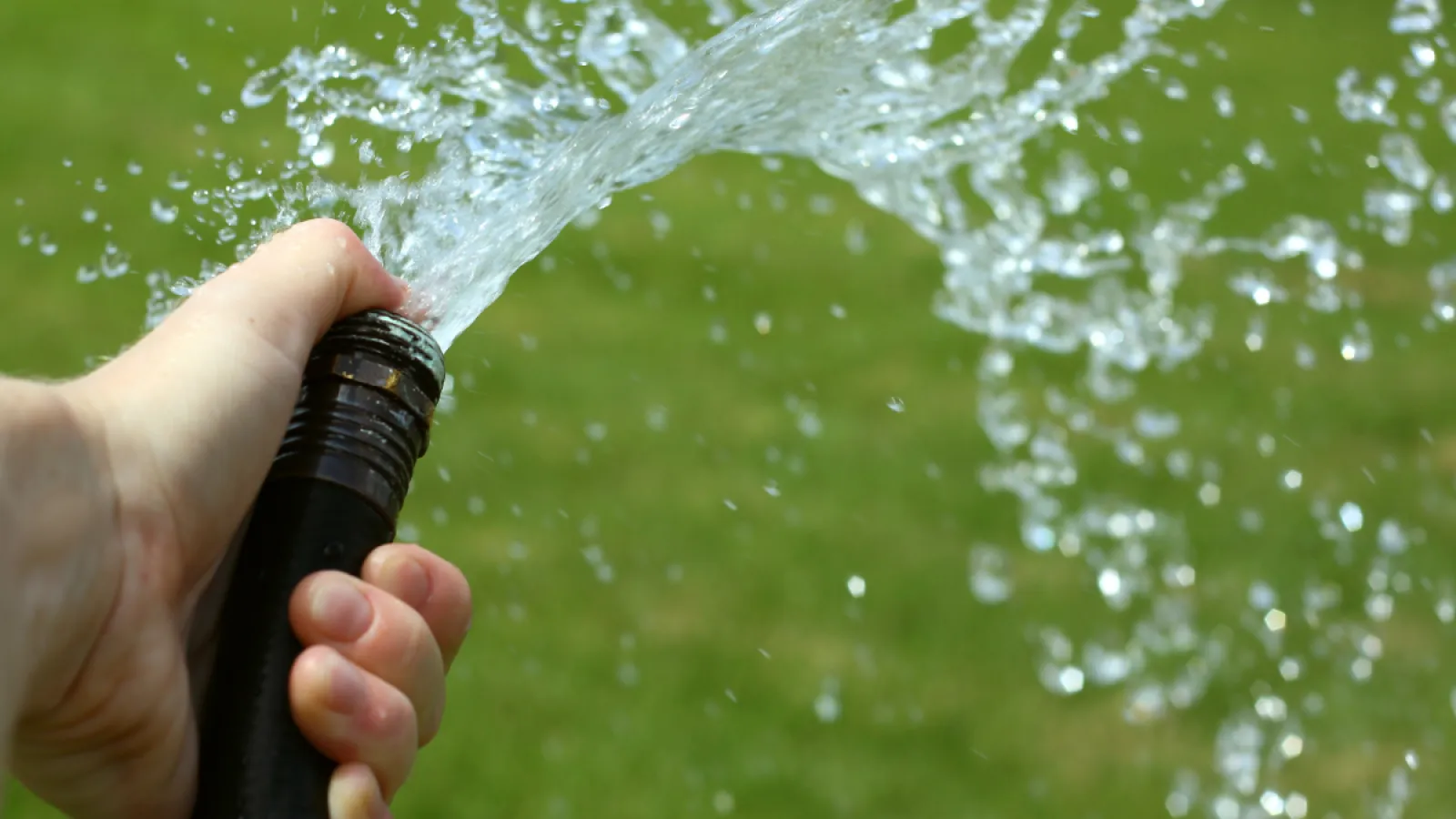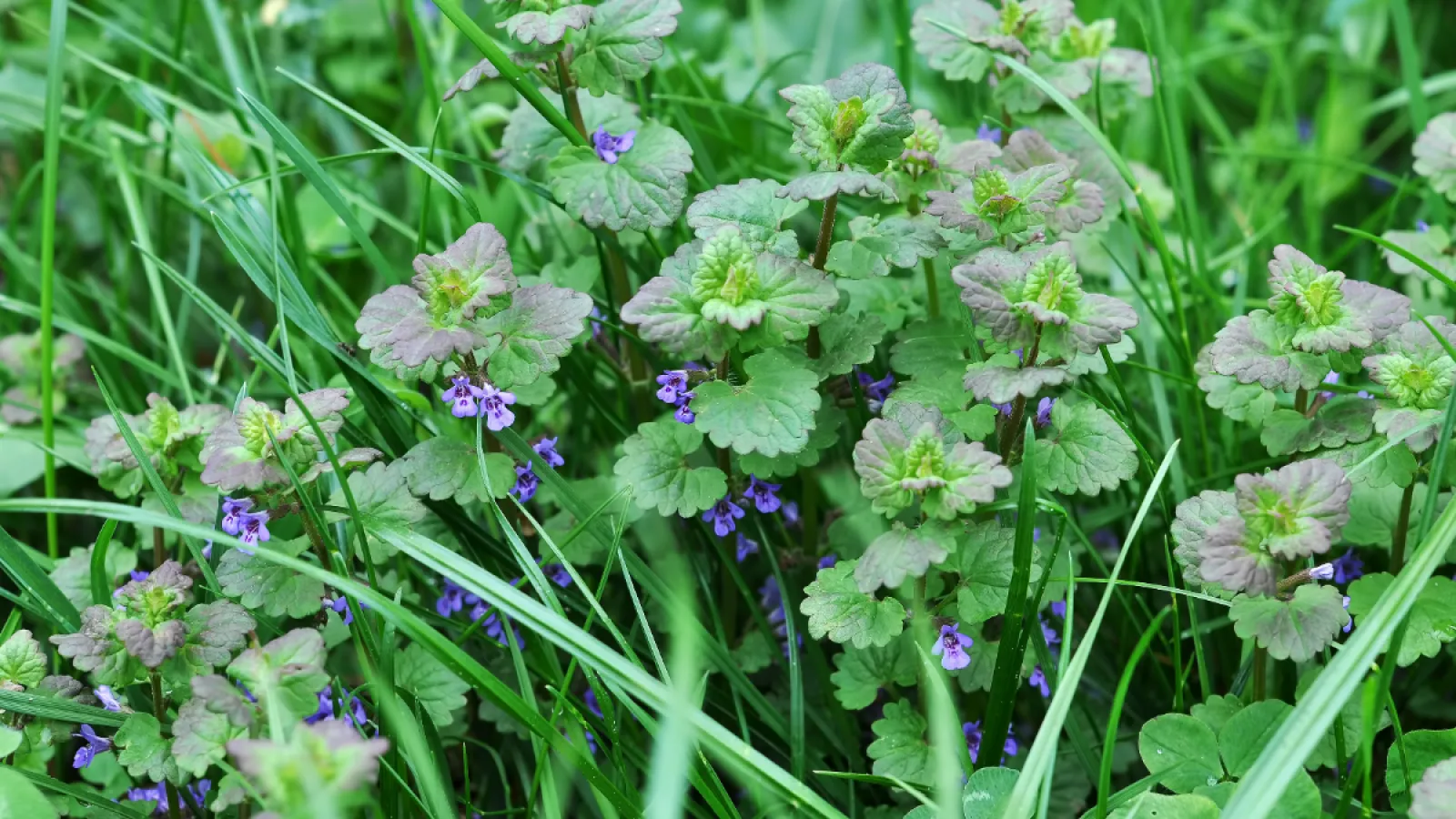
Watering Tips for a Healthy Lawn
Proper watering, mowing and nutrients are all vital to a healthy, beautiful lawn. Often times, homeowners neglect the watering thinking rainfall is sufficient. Lawns are resilient and an established and properly cared-for lawn can survive weeks without going dormant; however, in the absence of rain, supplemental watering may be necessary.
How Much To Water
Water is essential to all life—too little and we die, too much and we drown. The same goes for our lawns. A healthy and established lawn needs about 1” of water per week. This amount of water will moisten the top 6-8 inches of soil which is the depth of a healthy root system.
To determine how long it takes to deliver 1” of water to your lawn, here are two tests you can do.
- Tuna Can Test. Set an empty tuna can in your yard. Time how long it takes to fill up the can. This is about an inch of water and tells you how long you should water your lawn.
- Screwdriver test. After watering, you should easily be able to penetrate the soil with a screwdriver about 6” down. If it doesn’t go into the soil easily, you’re not watering long enough.
These tests work best with healthy, well-cultivated soil. Healthy soil provides excellent drainage while providing the right amount of water retention at the root zone, where grass needs it most. Poor soil with inadequate drainage will cause soil to become waterlogged, while soil missing organic matter will cause water to drain, leaving soil unnecessarily dry.
During very hot weather, warm-season grasses such as Zoysia, Bermuda, St. Augustine and Centipede* may need as much as 2” of water. During times of extreme drought, warm-season grasses may go dormant. Think of dormancy as a type of hibernation—this is a survival mechanism. People often think their grass has died; however, when ample rainfall or water returns, the grass will resume growth, provided this occurs in the warmer months.
When To Water
Your lawn doesn’t need a lot of water. It is naturally designed to capture rain and use it efficiently. We recommend waiting until the grass dulls in color or begins to wilt before watering. You can also check your lawn by walking on it. If your footprints don’t disappear quickly, it’s because the grass blades don’t have the needed moisture to spring back—and it’s time to water.
When it’s time to water though, the time of day matters.
Watering early morning before the heat of the day is best. The temperatures are lower and the winds tend to be calmer. These conditions allow the water to soak into the soil and be absorbed by the roots before it can evaporate.
If you can’t water early morning, late afternoon (4-6pm) is the next best time. Watering at this time gives the grass time to absorb the water before nightfall. It might seem better to wait for the cooler temperatures of evening, but watering late keeps the lawn wet overnight which can make your lawn more susceptible to disease and fungus.
How Often To Water
How often your water your lawn is another important part of best water practices.
Watering your lawn daily will result in a shallow root system, and shallow root systems dry out fast, weakening lawns. Infrequent, deep watering promotes a deep root system, developing a strong underground root system for a dense, weed and disease resistant lawn.
The average lawn needs water one to two times per week in the warm months, providing a total of about one inch of water over the week. Depending on rainfall, supplemental water may be necessary. In the cooler months, one time per week may achieve the same goal when there is less evaporation and higher rainfall.
Turf type, soil type and environmental conditions also affect how often you need to water.
Of the cool-season grasses, Fescue has a deep root system and has the highest drought tolerance. Warm-season grasses such as Zoysia, Bermuda, St. Augustine and Centipede* also have deep root systems making them fairly drought resistant. In general, warm-season grasses require less water than cool-season grasses. Your lawn requires the most water in conditions of heat, drought, low humidity and high winds.
Your soil type also plays a role in watering practices. Clay soil holds water longer and can be watered less frequently than sandy soil, which drains very quickly.
How To Water
You have many options in how to water lawn—from sprinklers to smart watering solutions. Each option has its pros and cons, so choose the solution that best works for you and your lawn.
- Pulsating sprinklers. These shoot water horizontally at a high velocity so the water isn’t affected by wind.
- Hose-end sprinklers. These are great for small to medium size lawns. The hose-end sprinkler gives you the ability to move consistency, and if necessary, the position of your hose per your watering needs. There are many options in hose-end sprinklers so you can choose the one that fits your lawn best.
- In-ground sprinklers. An in-ground irrigation system offers a more efficient way to water. There is a cost for installation and maintenance not present with the previous options; however, spraying water directly where it needs to go and the ability to automate your watering schedule can save you time and money. In the long term.
- Smart watering systems: There are many different types of smart watering systems and most systems integrate with in-ground sprinkler systems.
Having a healthy lawn requires more than nutrients and mowing—proper watering is also necessary. Be careful not to neglect your lawn with too little water or drown it with too much.
Following these few suggestions will go a long way toward the health of your turf and the beauty of your property. If you have any questions about proper watering practices for your specific turf type and lawn, please contact us—we’d love to help!
*As of May 1 2022, we’re no longer accepting new clients with Centipede lawns.


